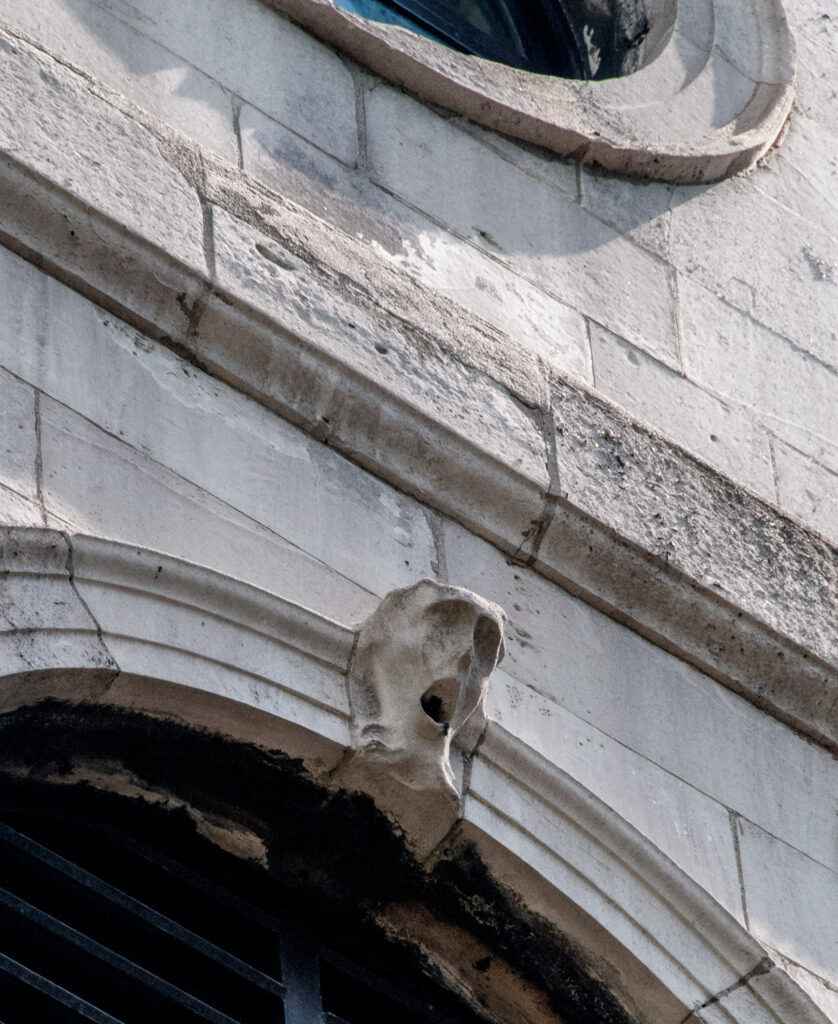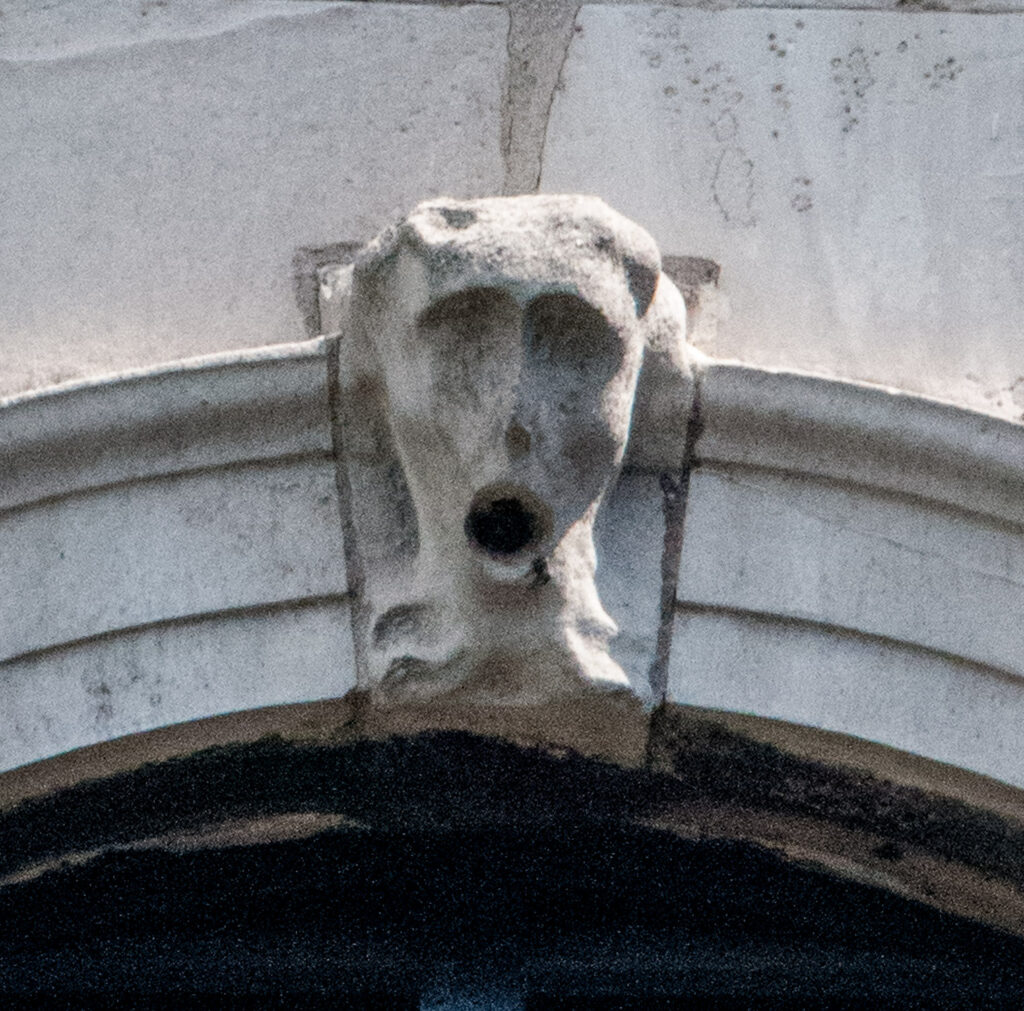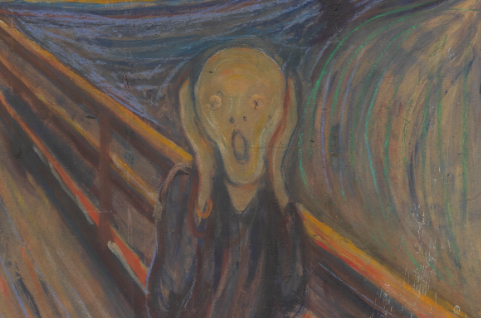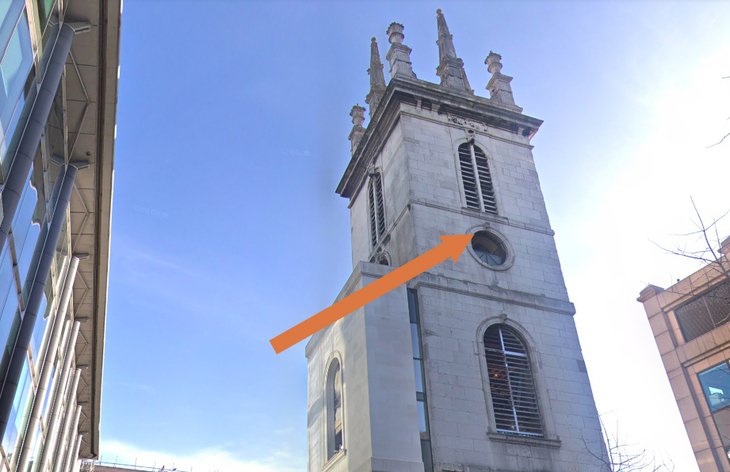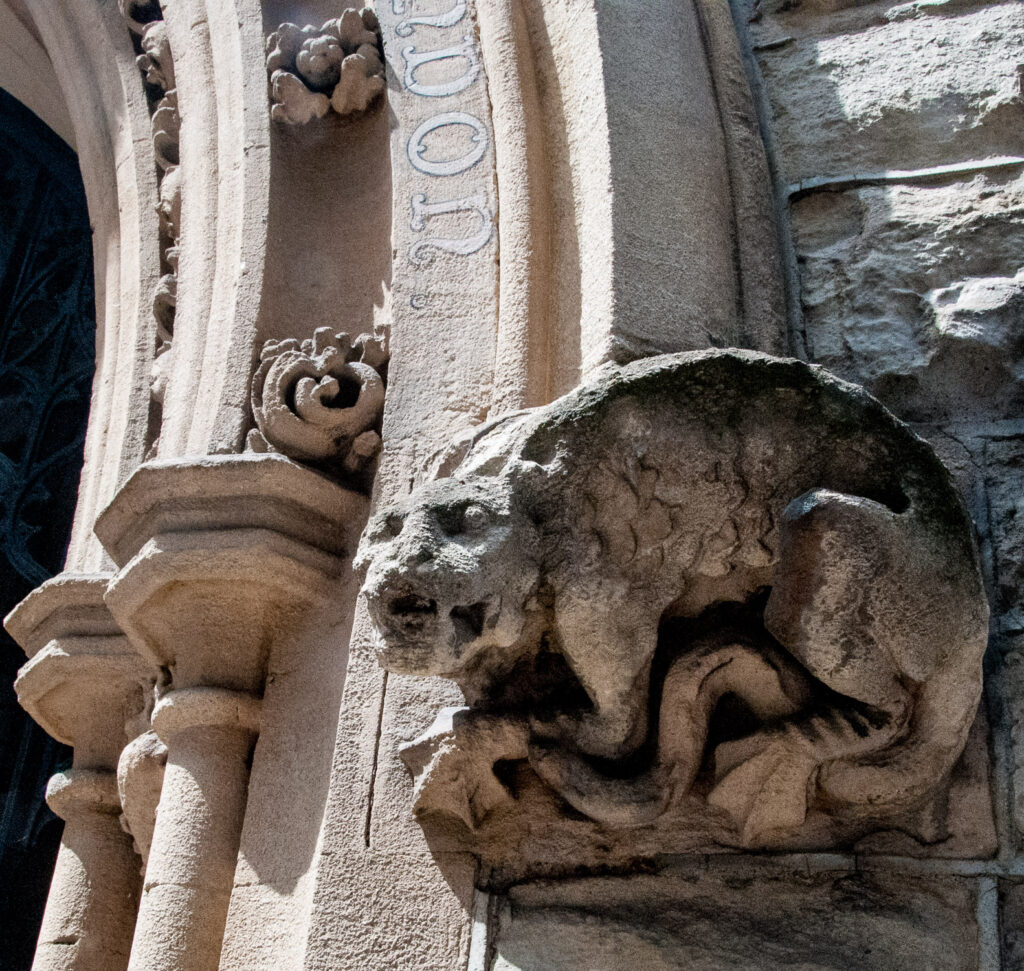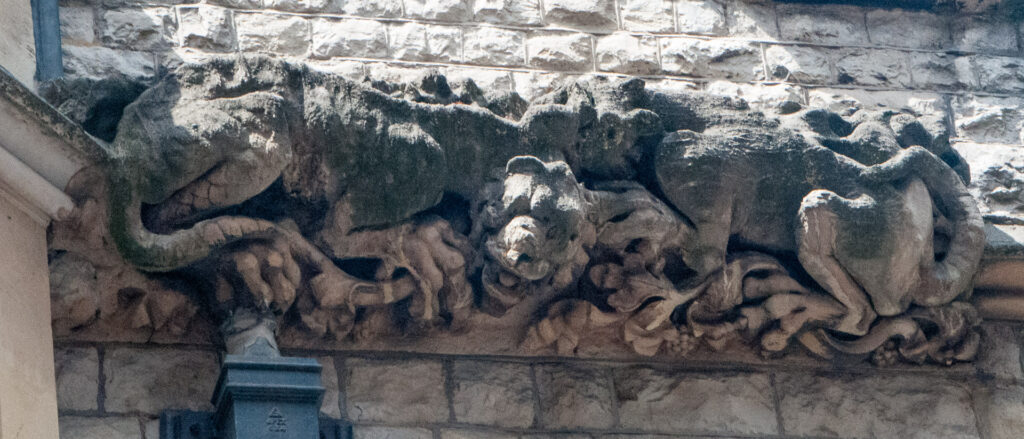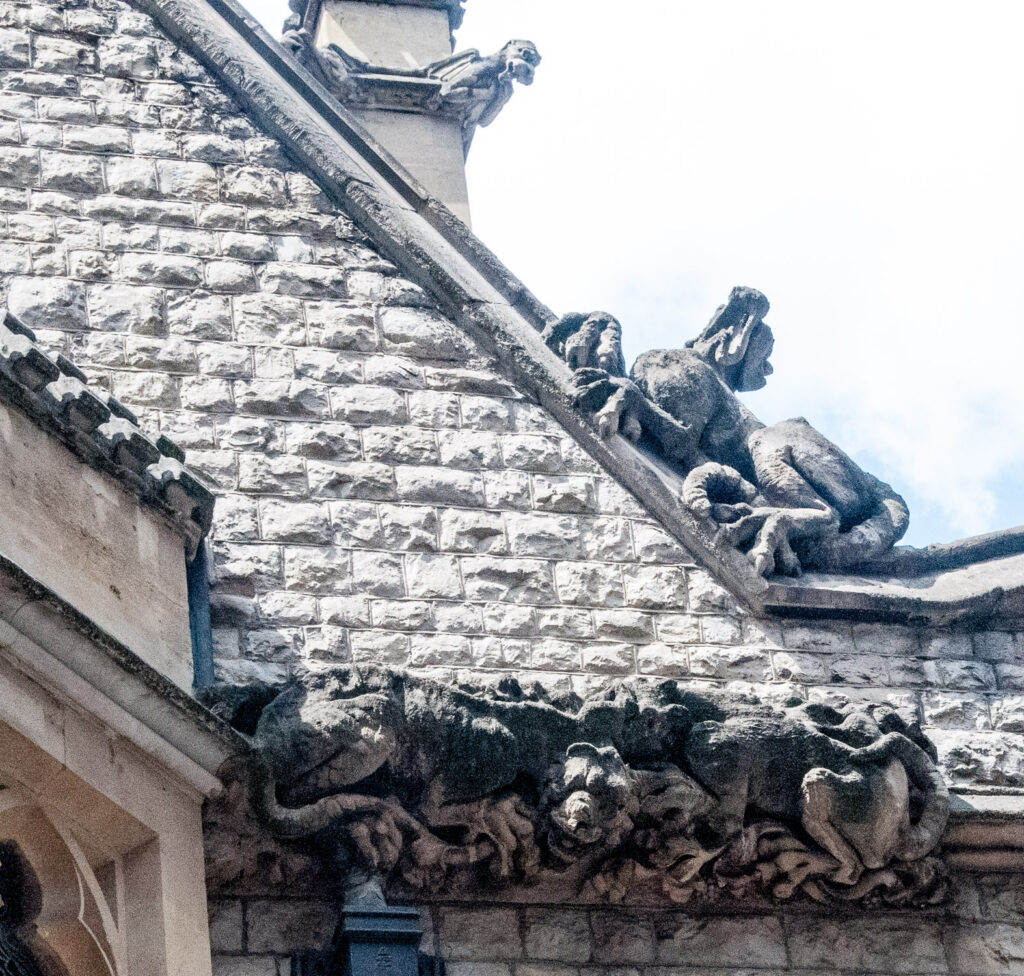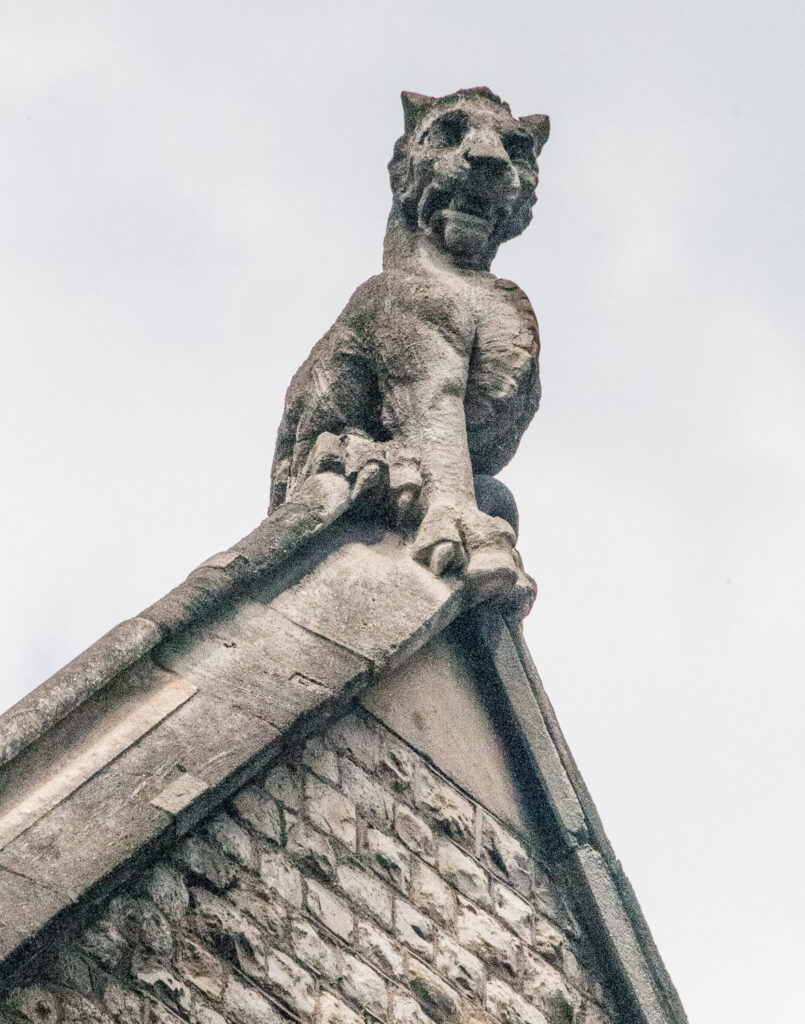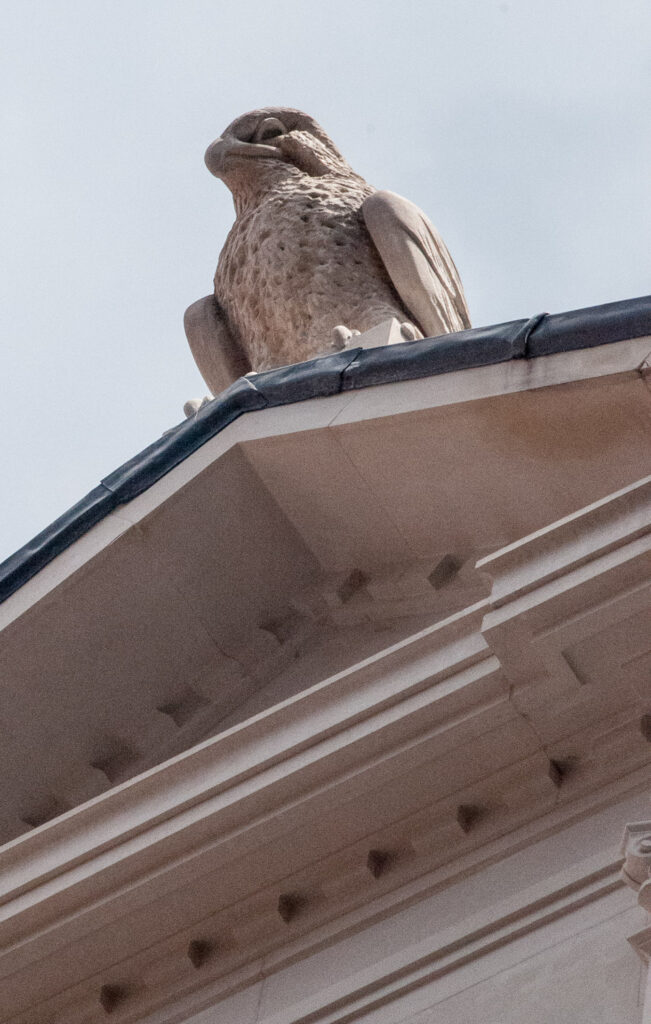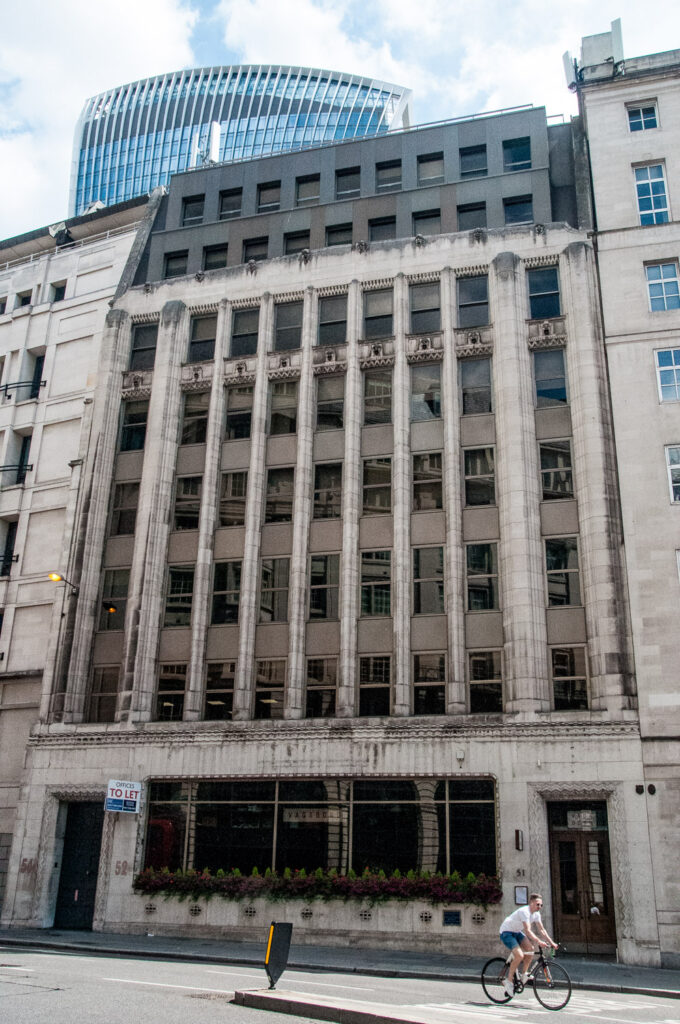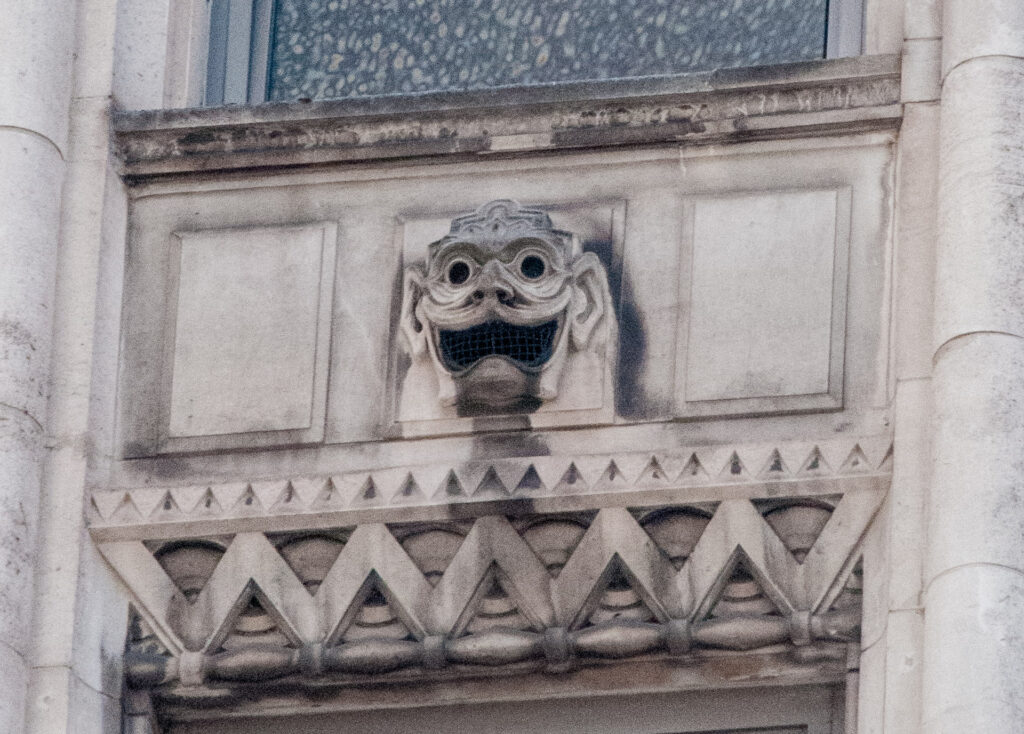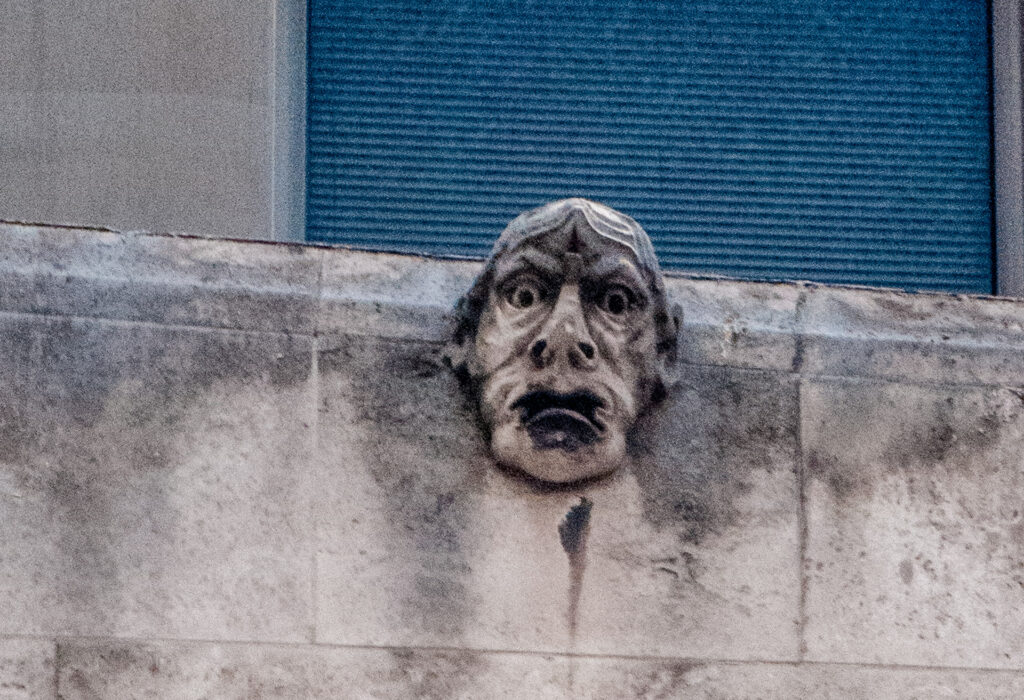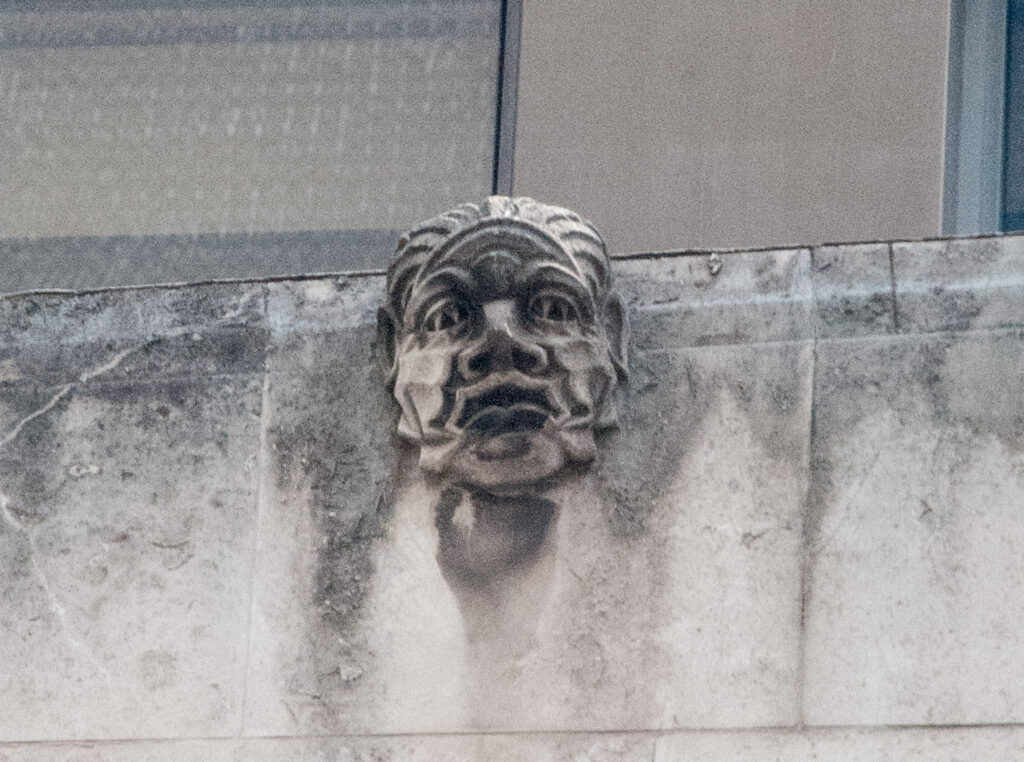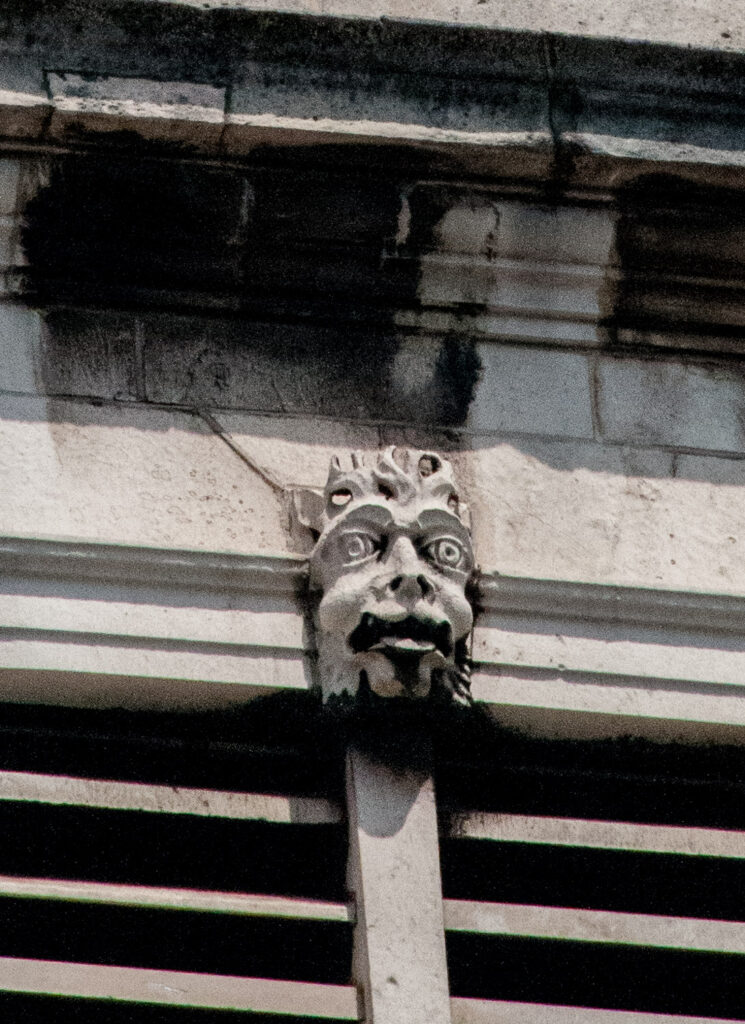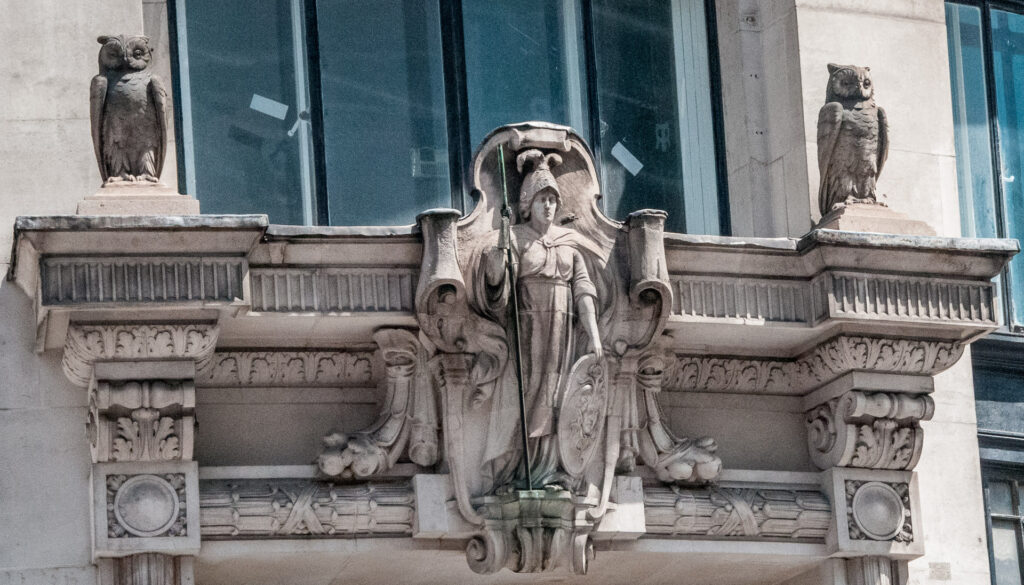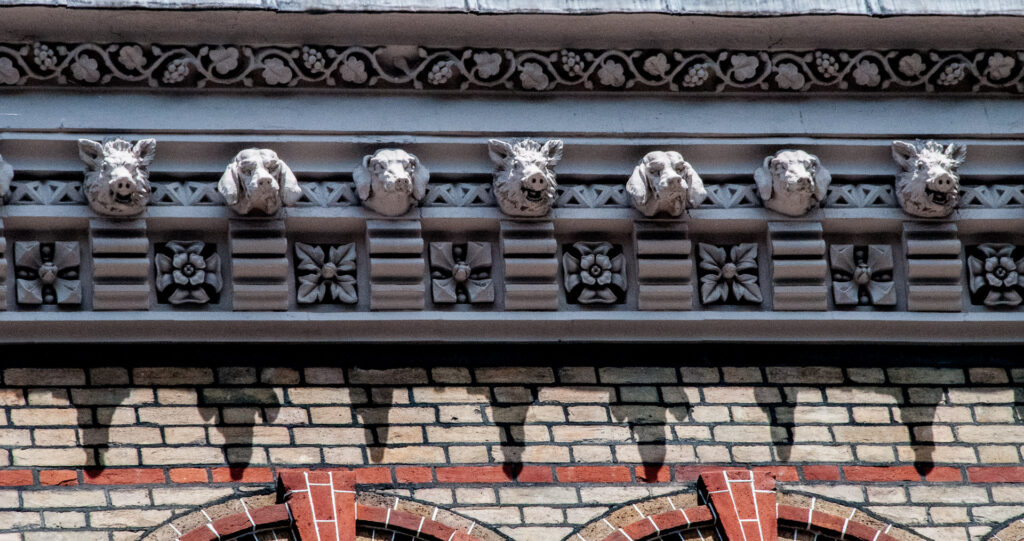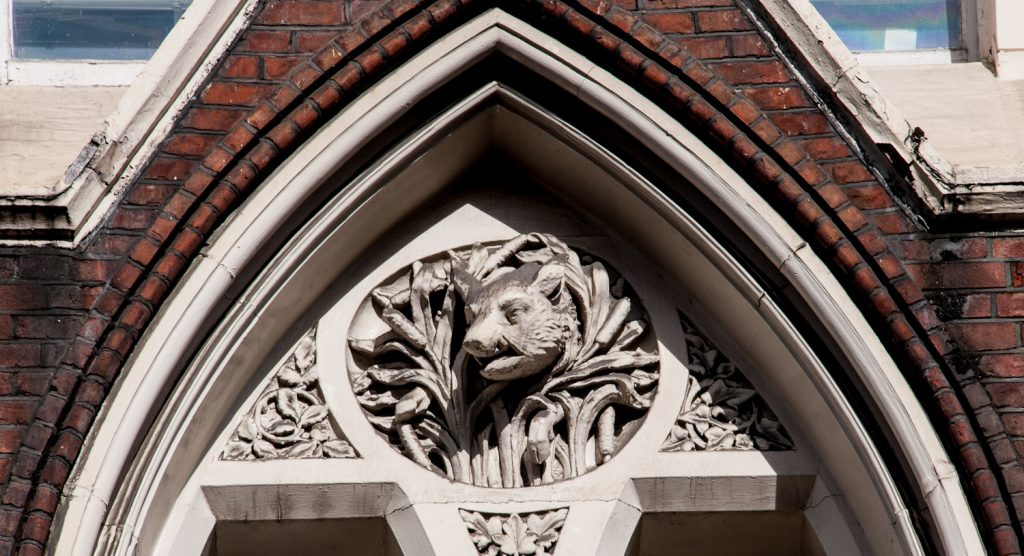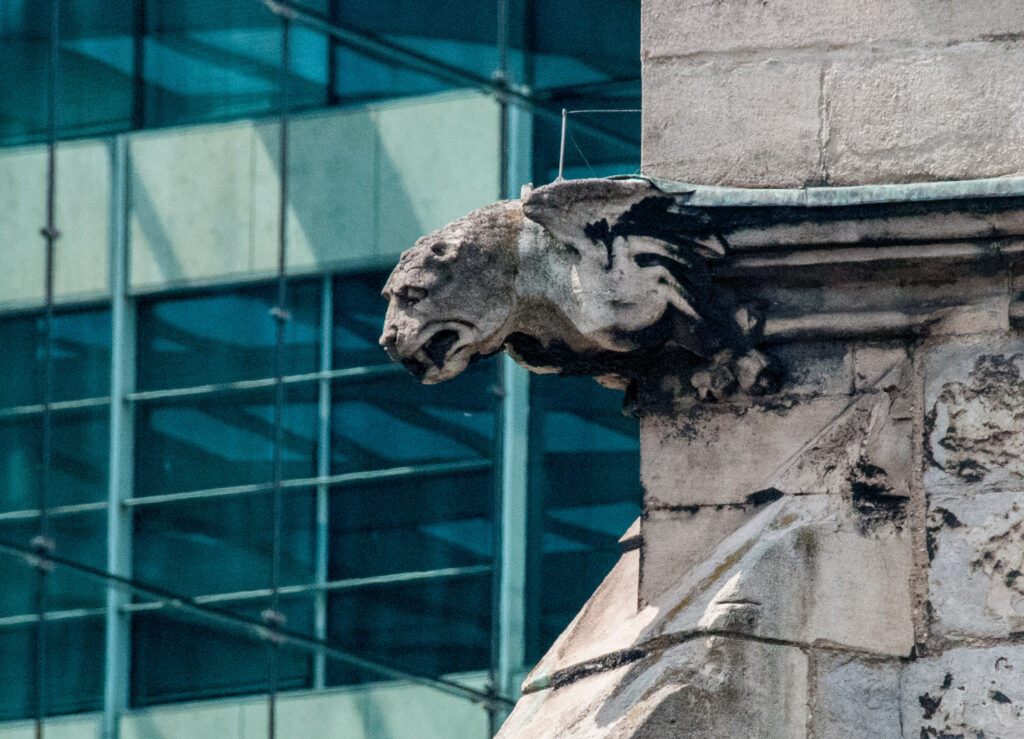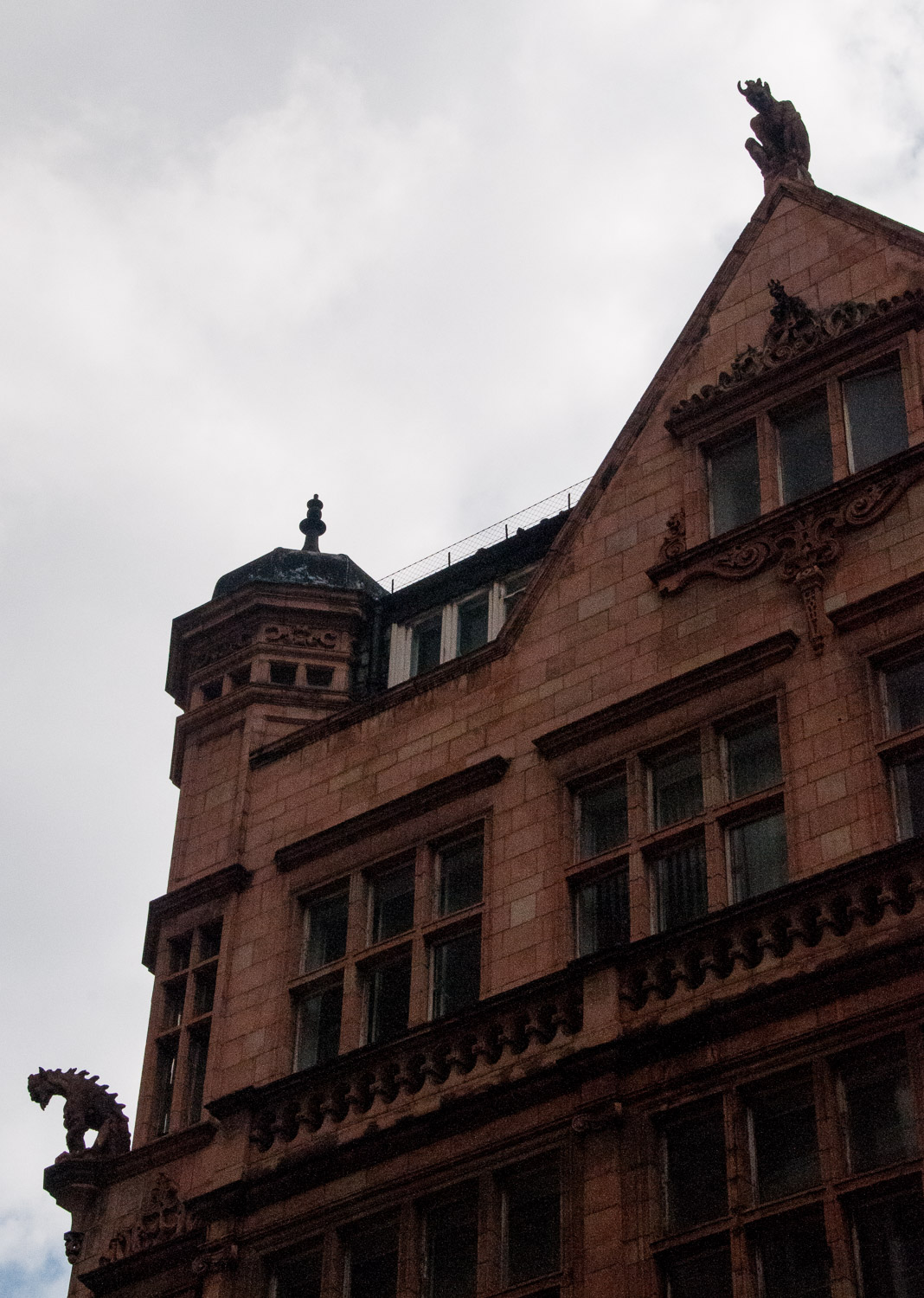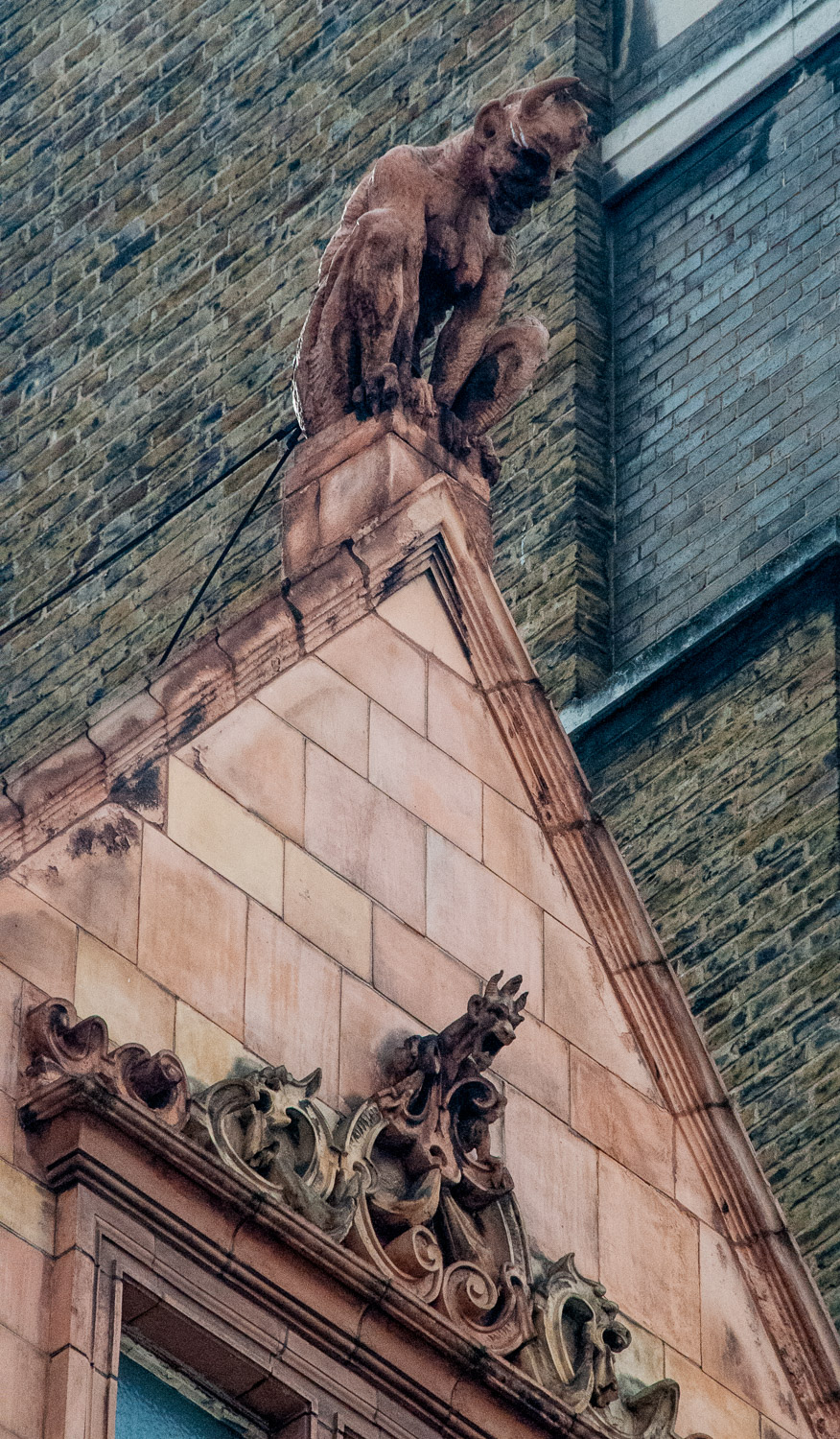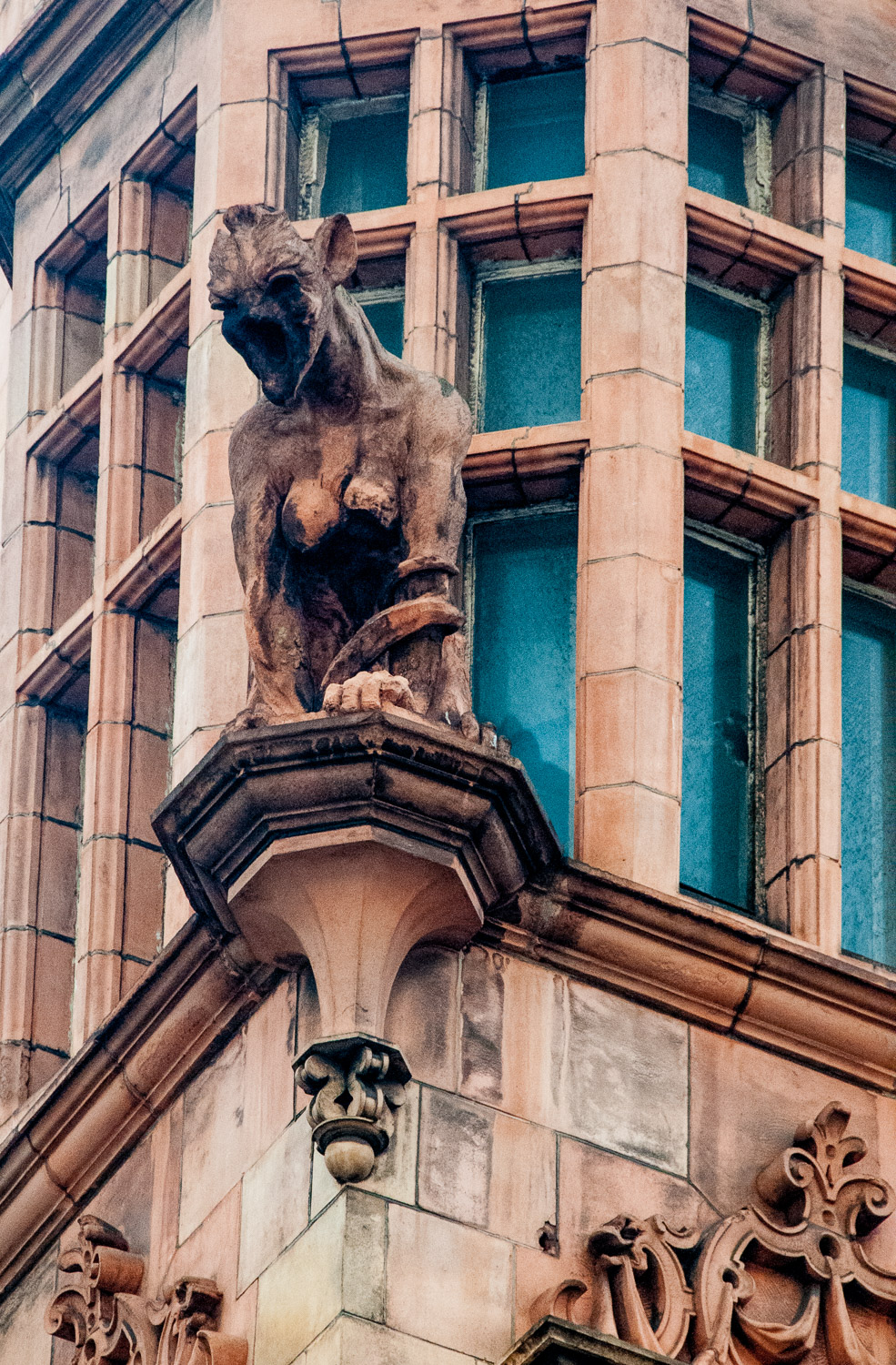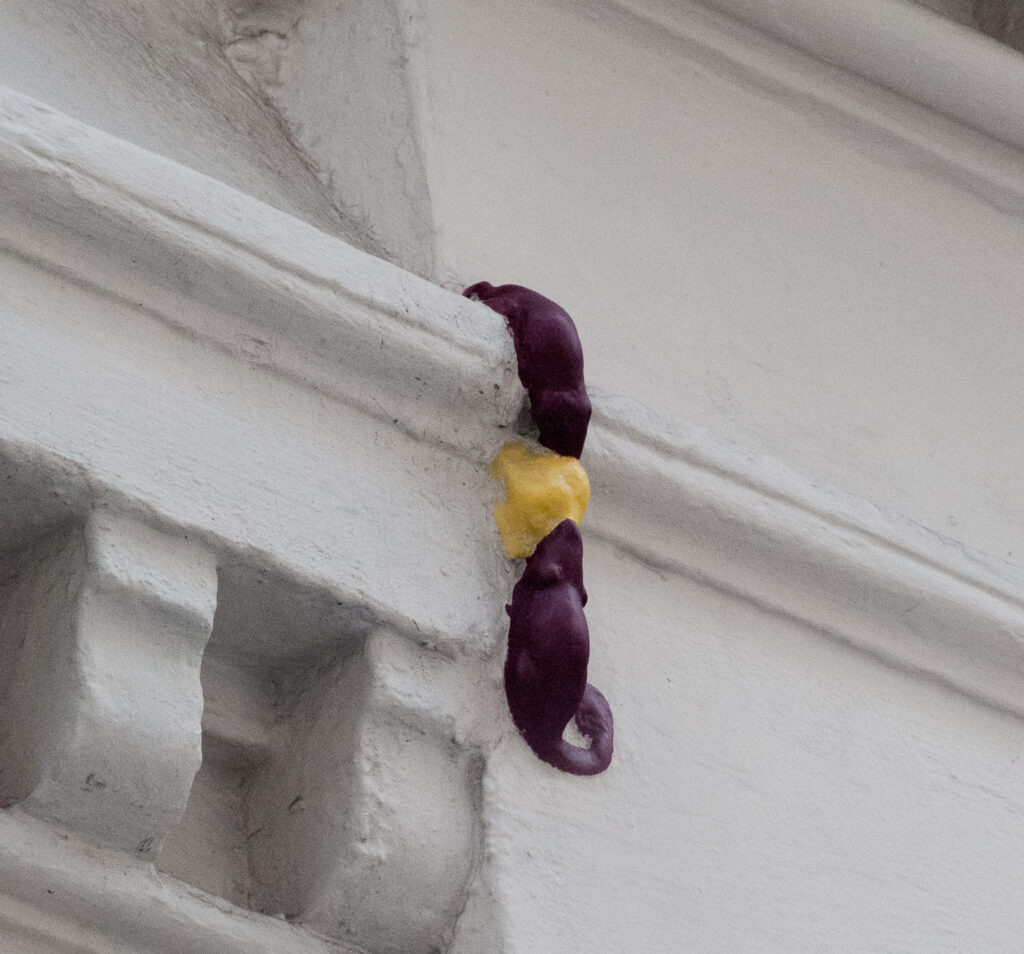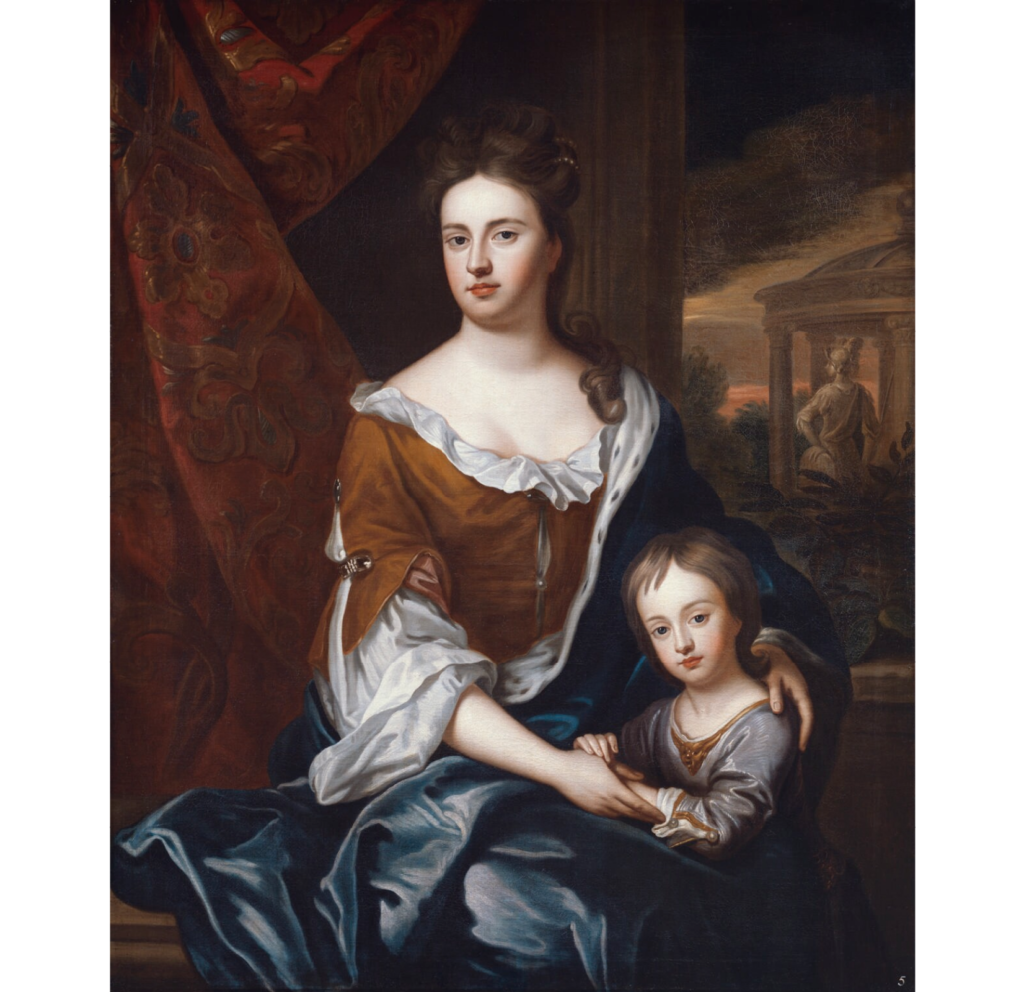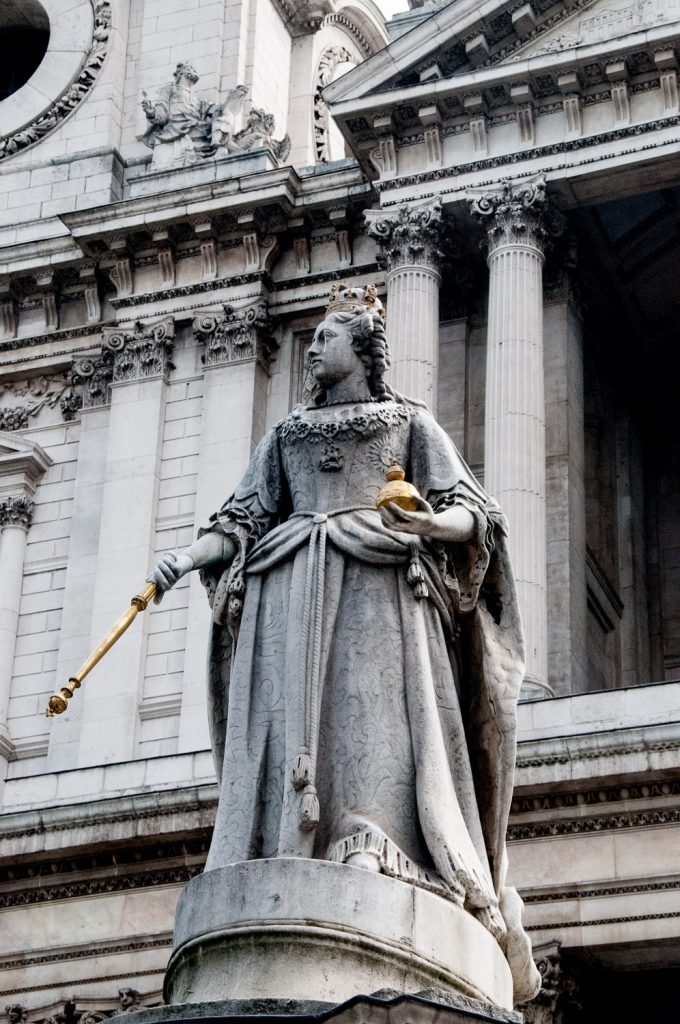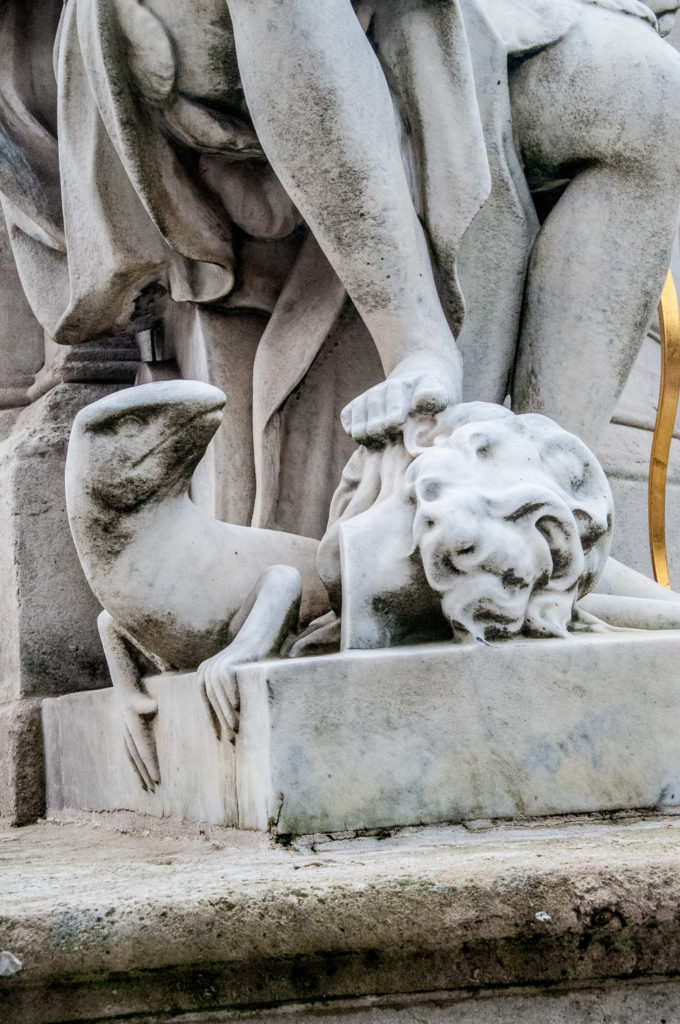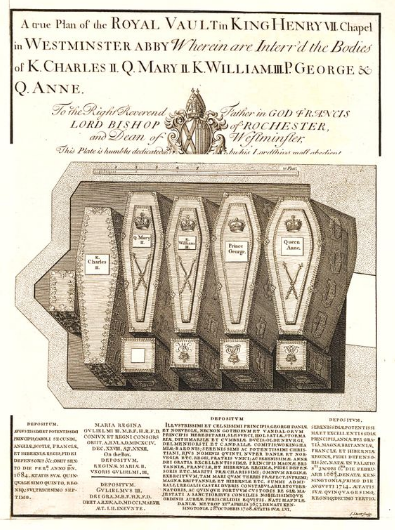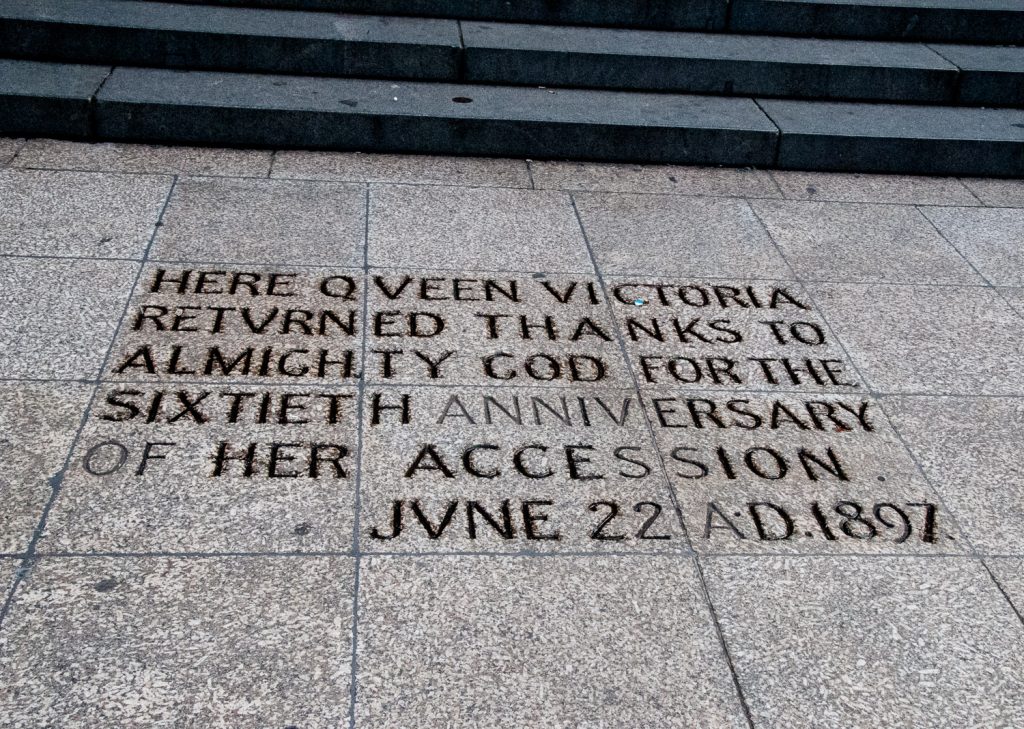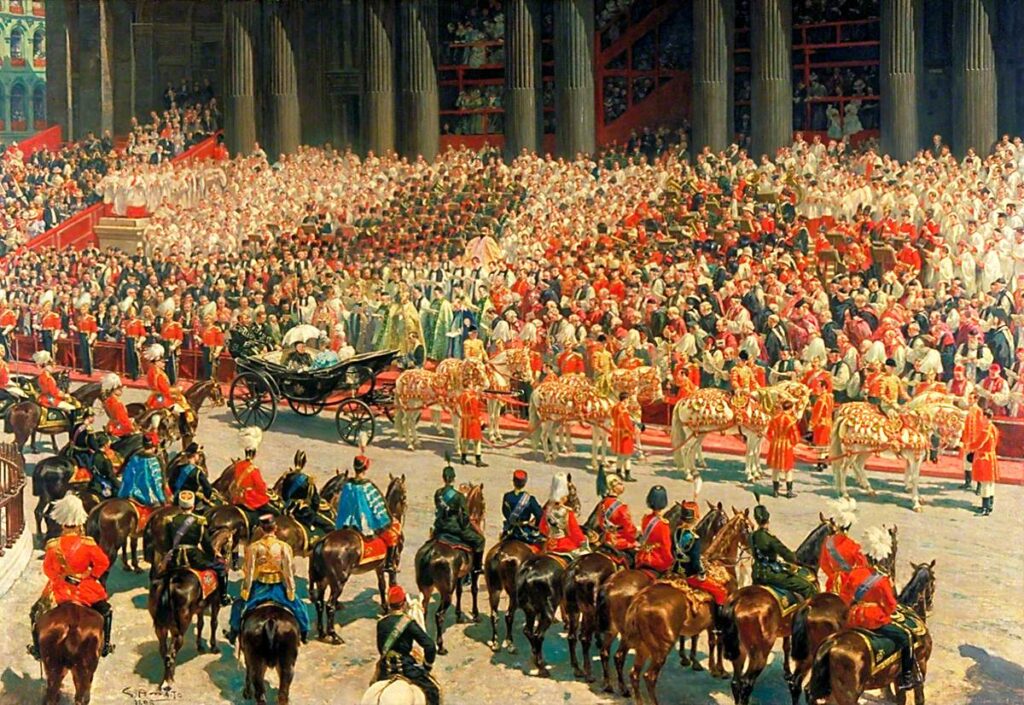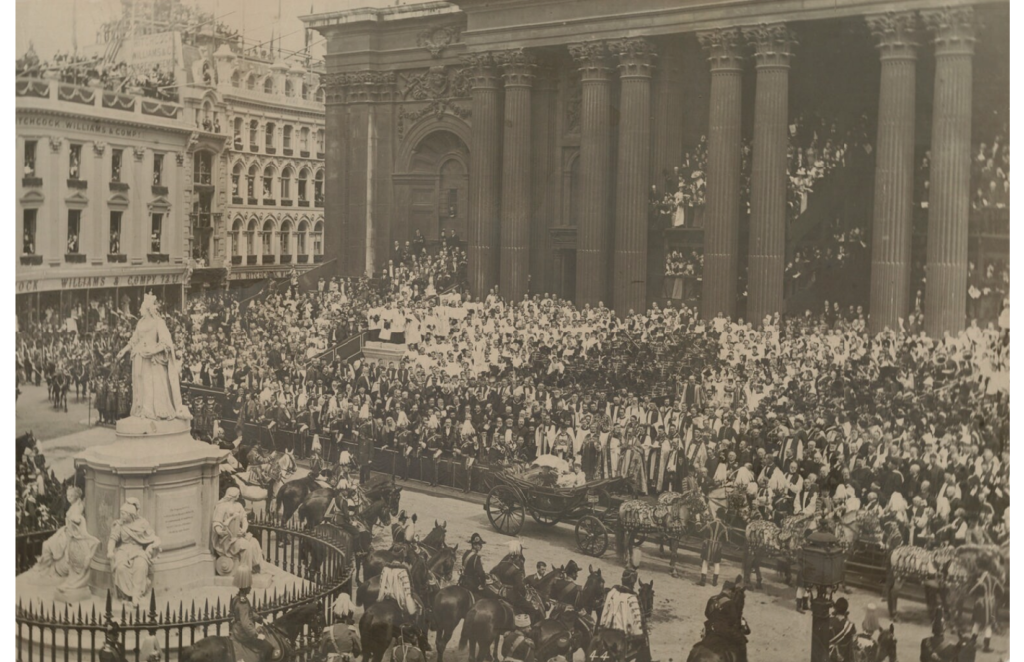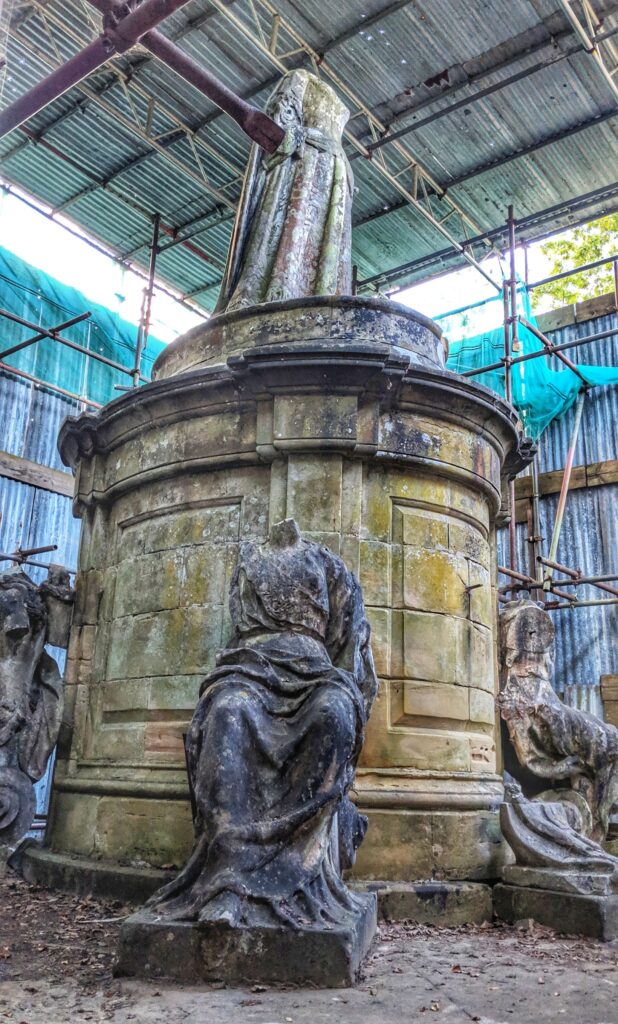On the night of December 30th 1940, when Christchurch Newgate Street was a blazing inferno, an unknown postman rushed into the building, grabbed this font cover and carried it to safety …

Made of oak, it was created about 1690 and is typical of many such covers made for City churches after the Great Fire of 1666. You can admire its beautiful craftmanship if you visit St Sepulchre-without-Newgate where it rests on a new font, the original having been destroyed in the bombing (EC1A 2DQ).
Another survivor of the Blitz can be found in St Botolph Without Aldgate (EC3N 1AB). This intricately carved wooden panel depicts King David along with musical instruments …
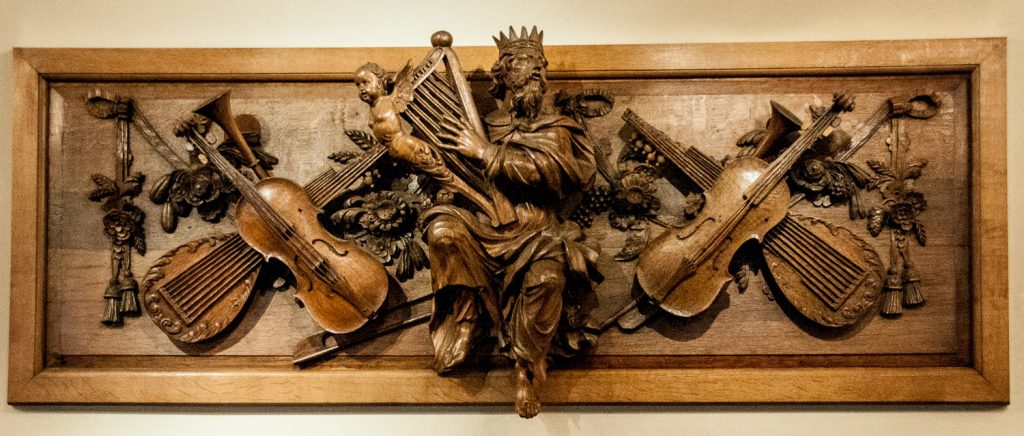
It was created between 1713 and 1715 to grace the front of an organ gallery in the church of St Mary Matfelon, Whitechapel. When the church was destroyed by bombing on the 27th December 1940 the carving was saved and later restored …
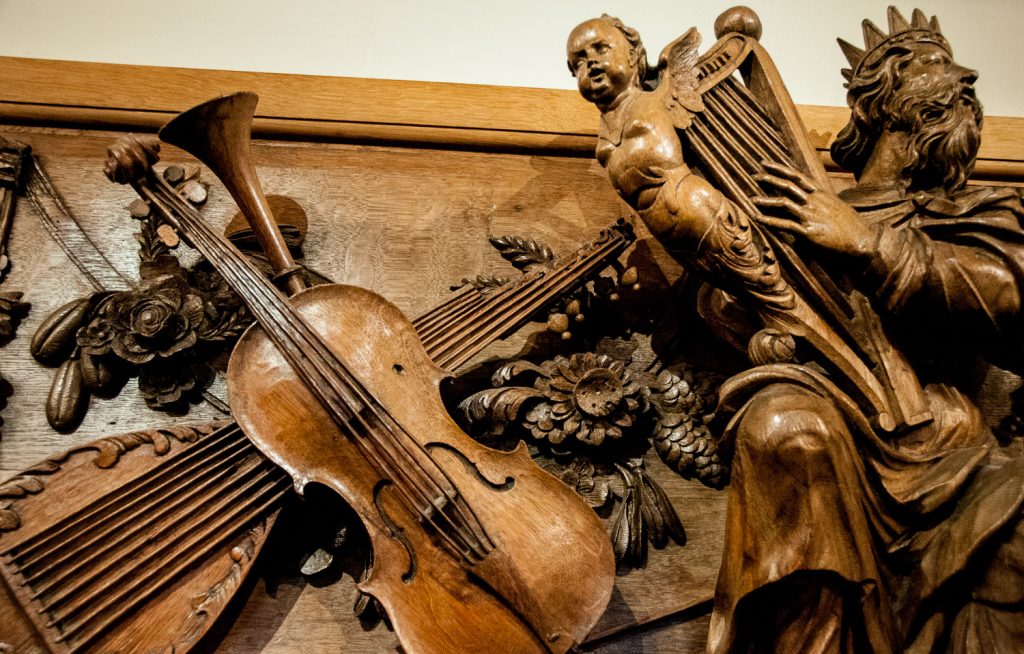
St Giles Cripplegate was severely damaged during the Second World War and there was a direct hit on the north door in the summer of 1940. The following December the church was showered with so many incendiary bombs that even the cement caught alight. You can still see scorch marks …
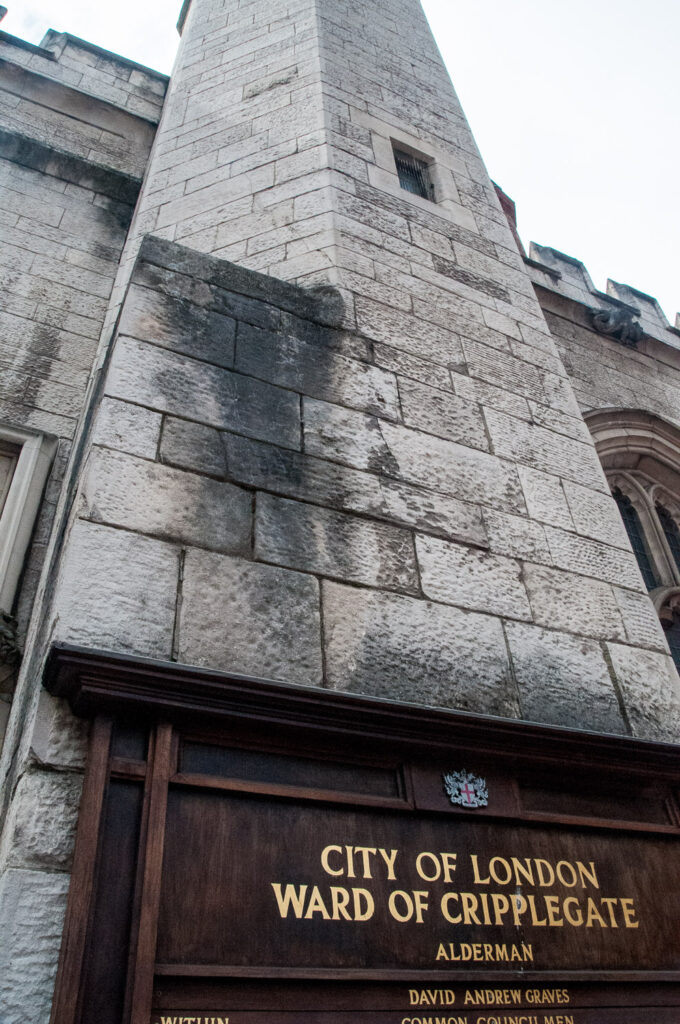
All that remained was the shell, the arcade in the chancel, the outside walls and the tower and that these survived says much for the medieval architects. It wasn’t just bombing that resulted in church furniture being moved. When nearby St Luke’s was closed due to subsidence in 1959 St Giles was a beneficiary, acquiring the closed church’s pews …
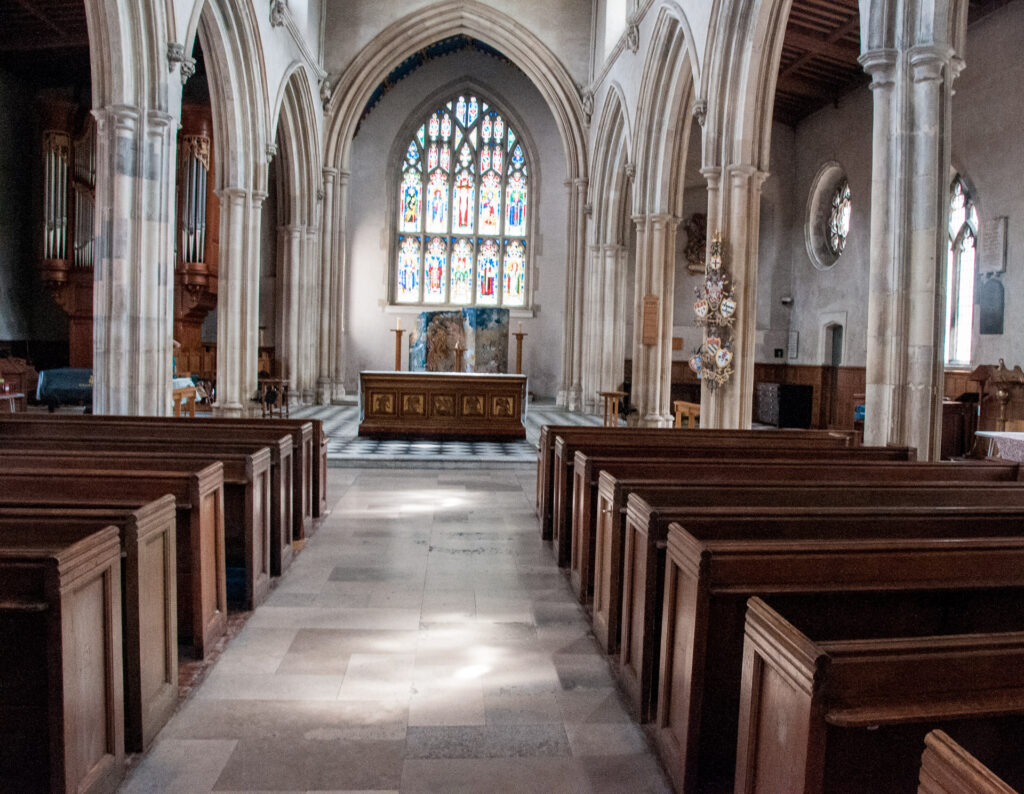
Altar …
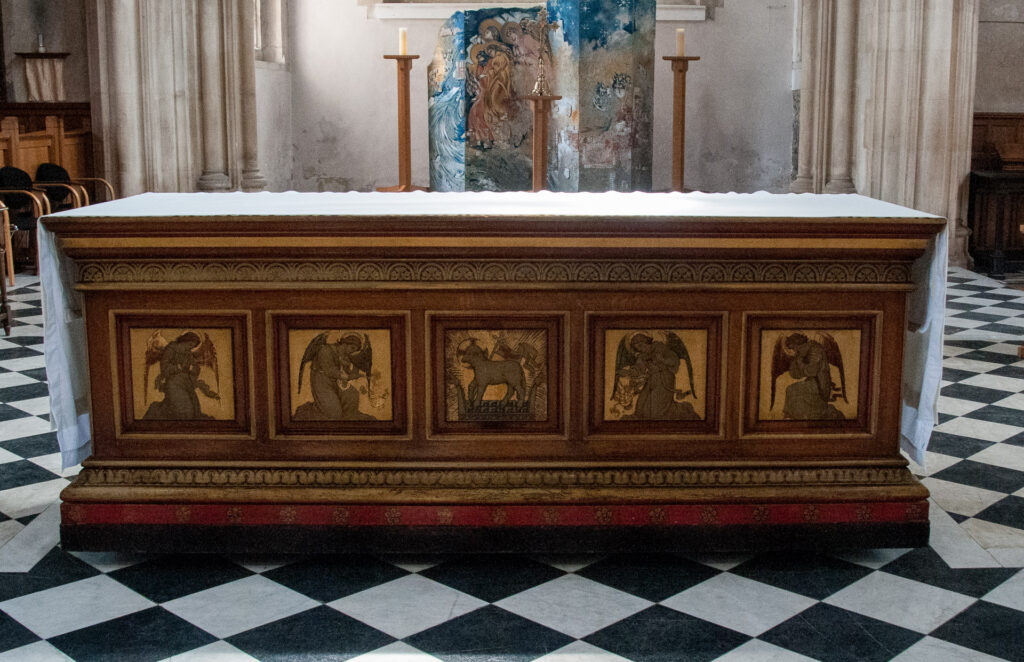
And a lovely 18th century font …
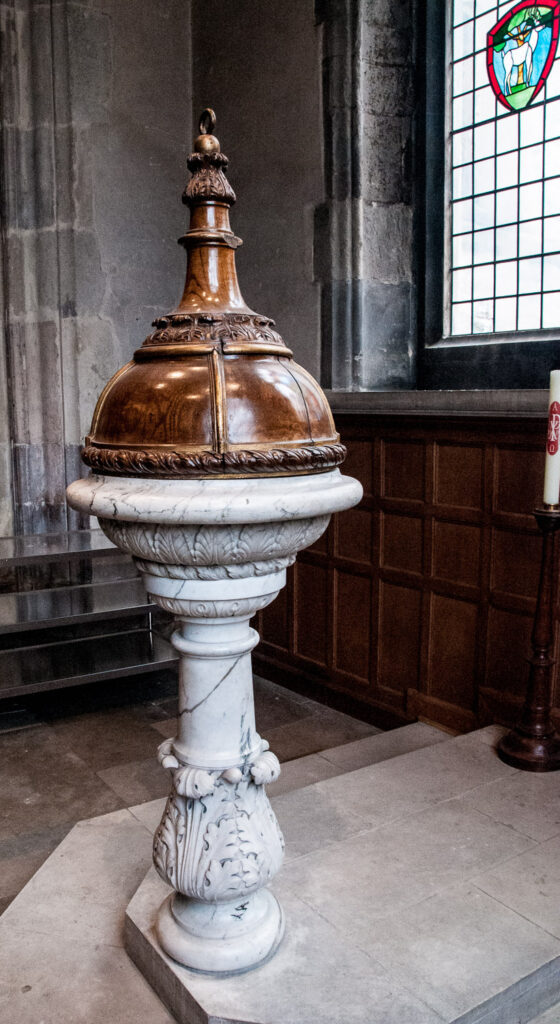
A tablet recording the Rectors of St Luke’s since 1733 also made the move …
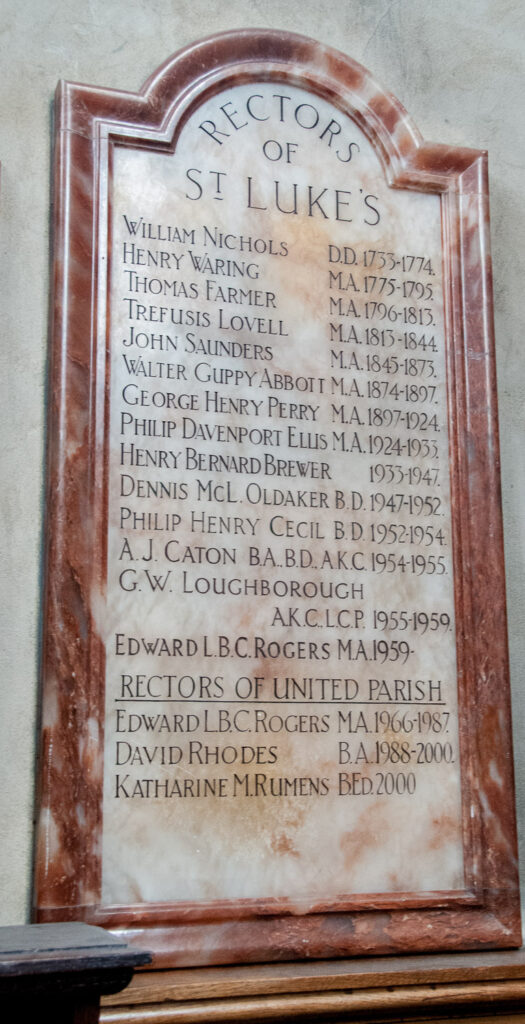
St Swithun London Stone was also damaged in bombing but unfortunately was beyond repair and eventually demolished. It’s pulpit fortunately survived and is now used at All Hallows by the Tower …

It dates from around 1670 and is carved in the style of Grinling Gibbons. Above it is the tester, or sounding board, designed to represent three pilgrim shells associated with the pilgrimage of St James Compostella in Spain.
However, the greatest cause of church destruction after the Great Fire was not the Blitz but The Union of Benefices Act of 1860. In order to reflect the dramatic drop in the City’s population, it allowed the London diocese to sell churches and built new ones in the suburbs with the proceeds. This accounted for the loss of some 22 churches and the last of these – All Hallows Lombard Street – was demolished as late as 1938, despite the contemporary reverence for Wren.
I have been tracking where some of these churches’ belongings ended up.
The church of St Matthew Friday was demolished in 1888 but the Wren Pulpit found its way to St Andrew by the Wardrobe …
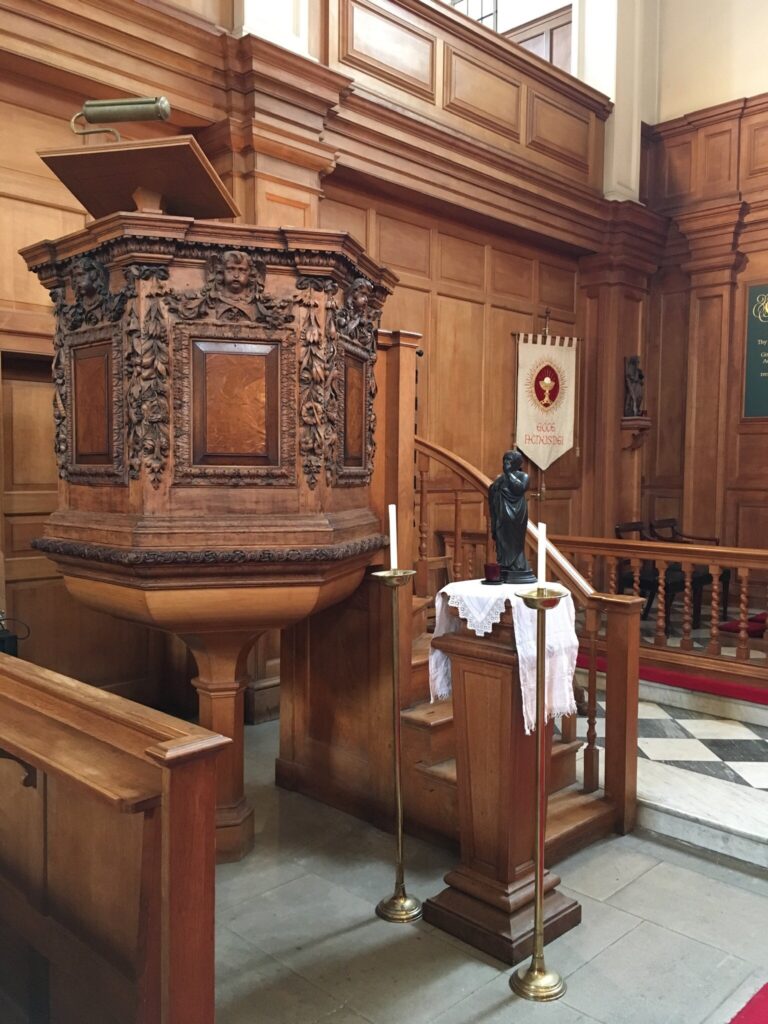
As did the font cover …
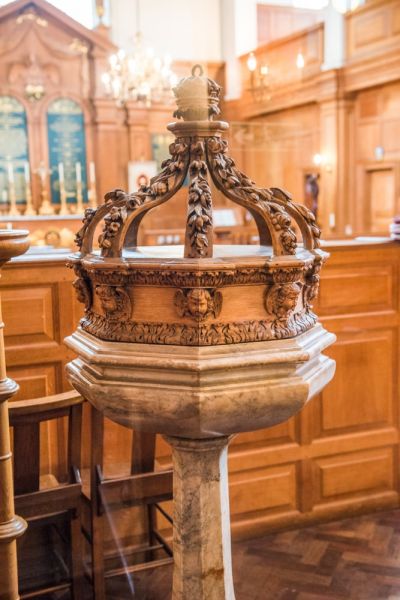
The baptismal font in St Margaret Lothbury, believed to be by Gibbons, came from St Olave, Old Jewry, after that church was partially demolished in 1887 except for the tower and west wall, which remain today. The font is a carved bowl with cherub heads at each corner and the four sides are decorated with Adam and Eve, the dove returning to the ark, the baptism of Jesus and the baptism of the Ethiopian eunuch by Philip …

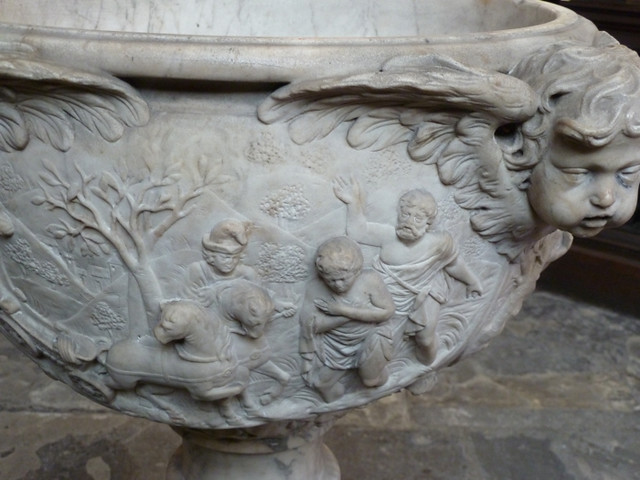
One of my favourite churches, St Vedast-alias-Foster, has been particularly fortunate in its acquisitions (EC2V 6HH).
The Gibbons font cover came from St Anne and St Agnes after that church was damaged by bombing …
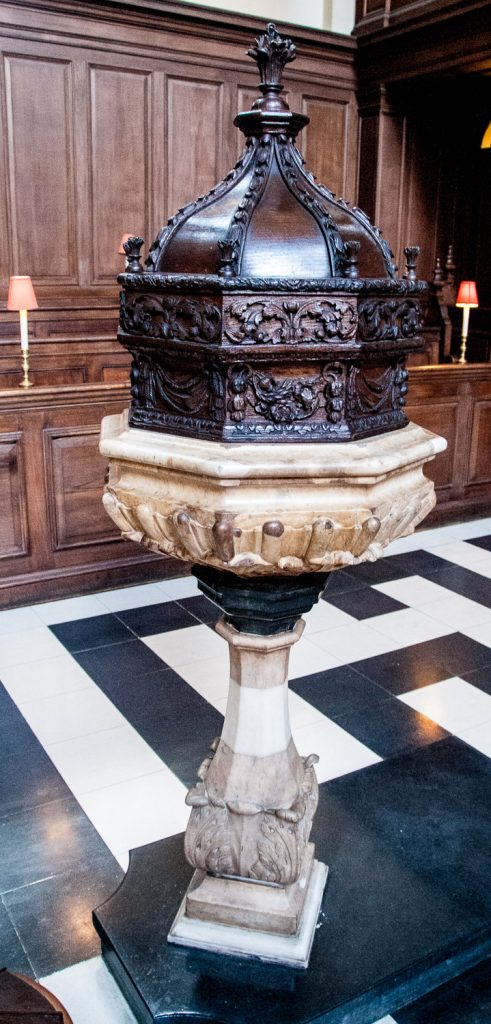
The exquisite 17th-century wineglass pulpit was made for All Hallows, Bread Street (demolished 1878). It’s also by Gibbons …
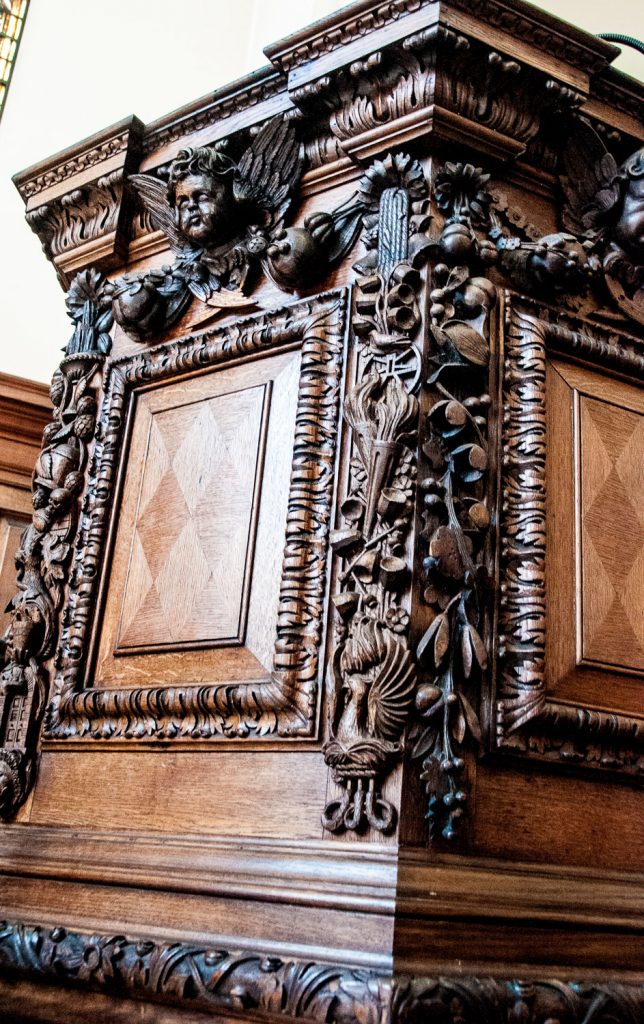
Legend has it that incorporating a peapod was one way that Gibbons ‘signed’ his work. If the peapod was open he had been paid – if it was closed he had not. If this is true, he was properly remunerated for his work on this pulpit …
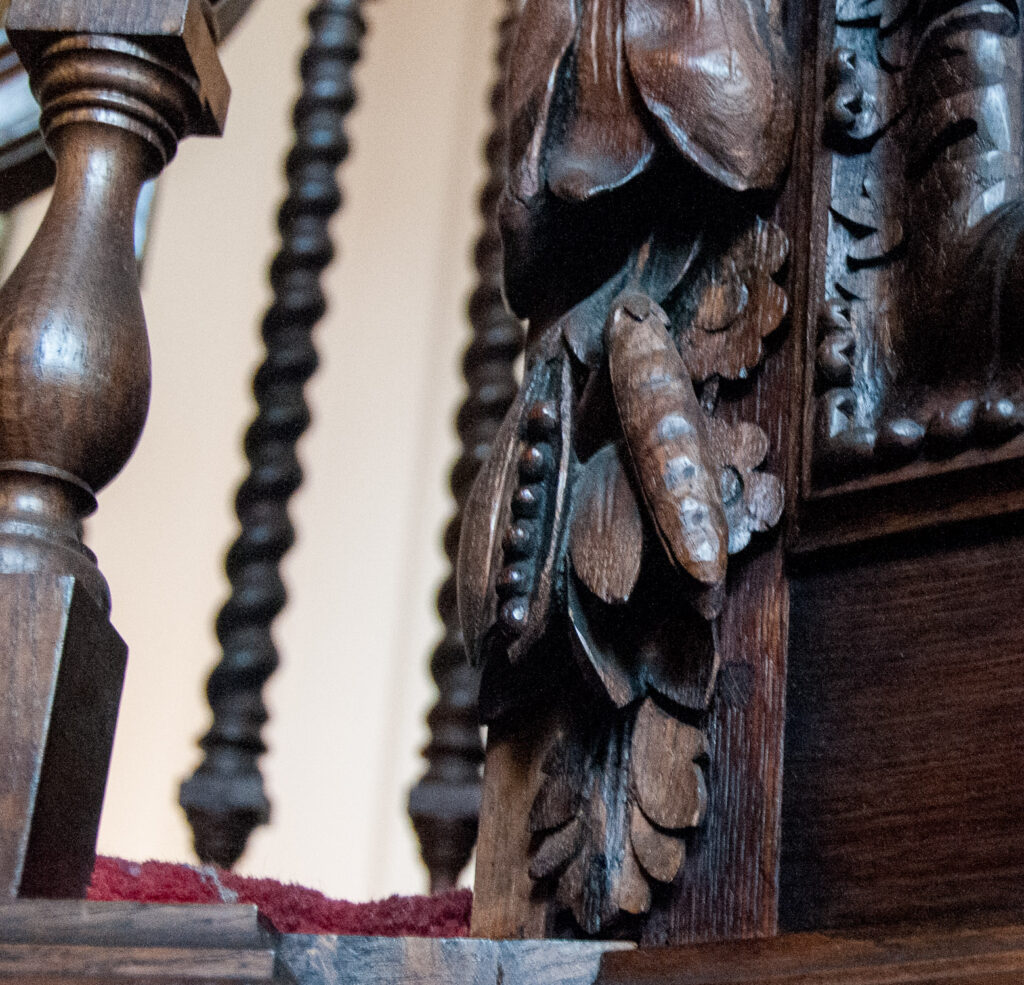
The reredos came from St Christopher-le-Stocks (demolished in 1781 to make way for an extension to the Bank of England) …
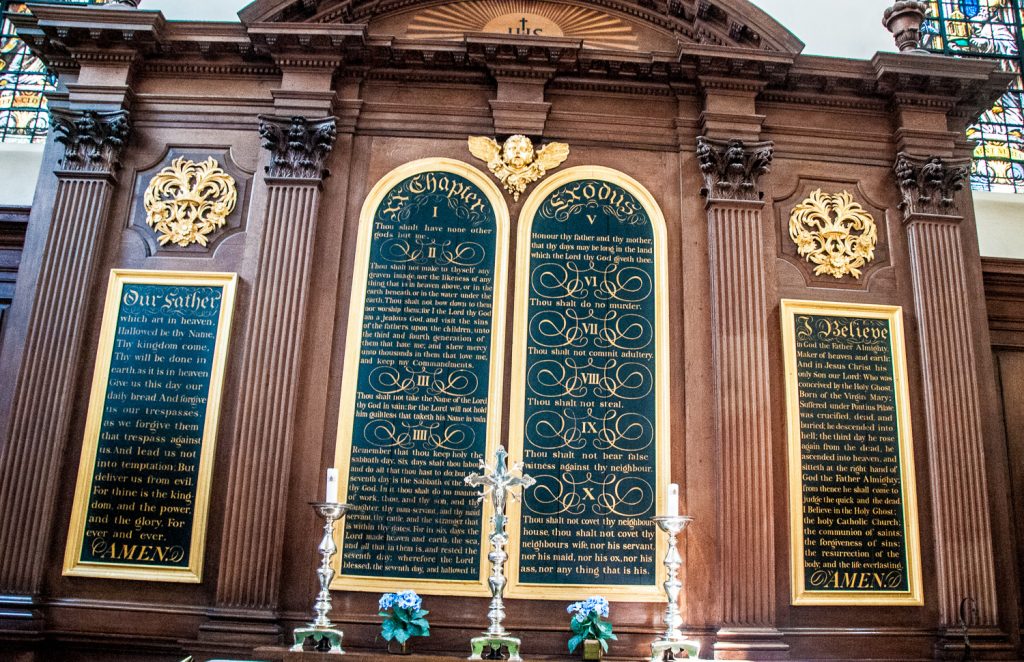
And finally, a tale of resurrection.
St Mary the Virgin, Aldermanbury, was severely damaged and gutted in the Blitz …
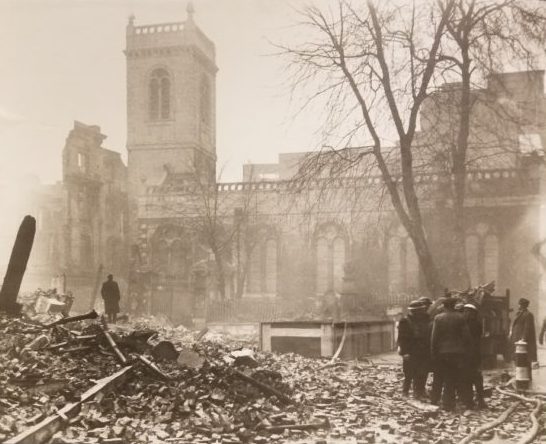
After the war, however, it had the unique distinction of being taken apart, shipped to Fulton, Missouri in the USA in 1965, and rebuilt to mark the visit of Churchill to Westminster College in 1946. The church now sits above the National Churchill Museum. Westminster College was the location of Churchill’s speech that included the famous phrase ‘An iron curtain has descended across the continent’.
Here’s how it looks today …
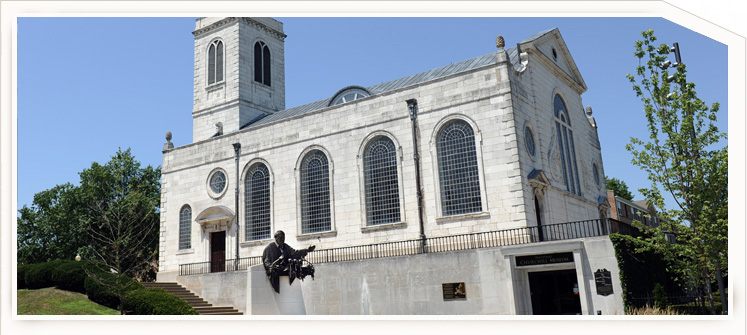
You can read more about the church and the Museum here.
The old site of the church in Aldermanbury is now a garden …
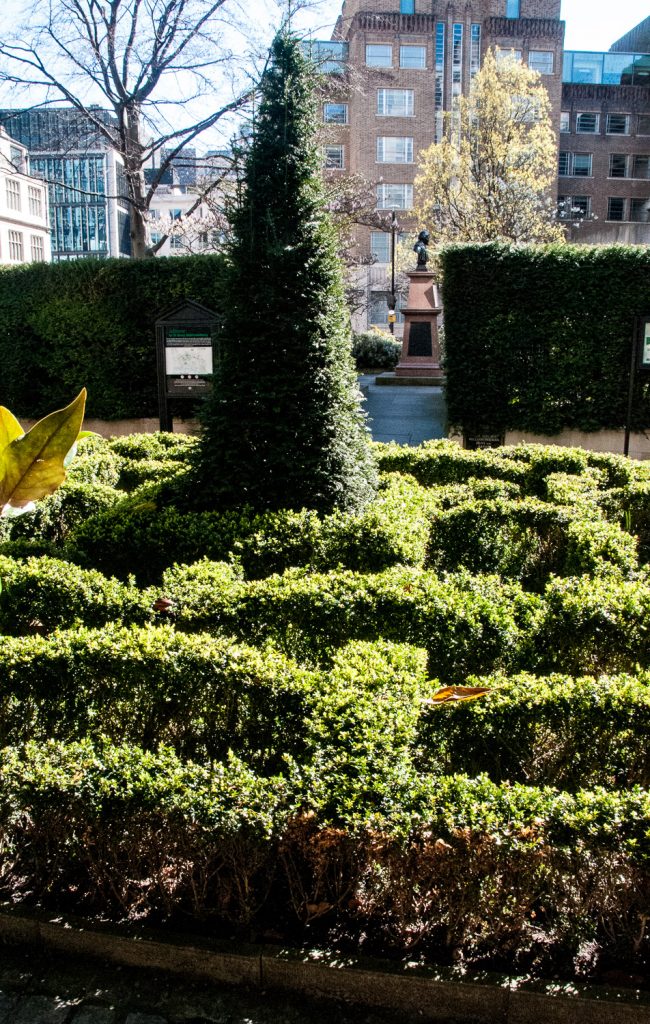
Remember you can follow me on Instagram :

